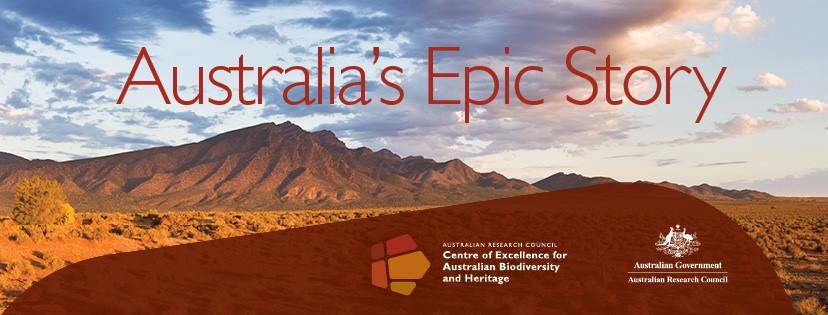We are currently seeking a Research Fellow in Eco-epidemiology/Human Ecology to join our team at Flinders University.
The successful candidate will develop spatial eco-epidemiological models for the populations of Indigenous Australians exposed to novel diseases upon contact with the first European settlers in the 18th Century. The candidate will focus on:

- developing code to model how various diseases spread through and modified the demography of the Indigenous population after first contact with Europeans;
- contributing to the research project by working collaboratively with the research team to deliver key project milestones;
- independently contributing to ethical, high-quality, and innovative research and evaluation through activities such as scholarship, publishing in recognised, high-quality journals and assisting the preparation and submission of bids for external research funding; and
- supervising of Honours and postgraduate research projects.
The ideal candidate will have advanced capacity to develop eco-epidemiological models that expand on the extensive human demographic models already developed under the auspices of the Australian Research Council Centre of Excellence for Australian Biodiversity and Heritage, of which Flinders is the Modelling Node. To be successful in this role, the candidate will demonstrate experience in coding advanced spatial models including demography, epidemiology, and ecology. The successful candidate will also demonstrate:





 Just under two weeks ago,
Just under two weeks ago, 
 I believe it is important to clarify a few things about the job advertisement that we are re-opening.
I believe it is important to clarify a few things about the job advertisement that we are re-opening.







 Last week I mentioned that a group of us from Australia were travelling to Chicago to work with
Last week I mentioned that a group of us from Australia were travelling to Chicago to work with 

